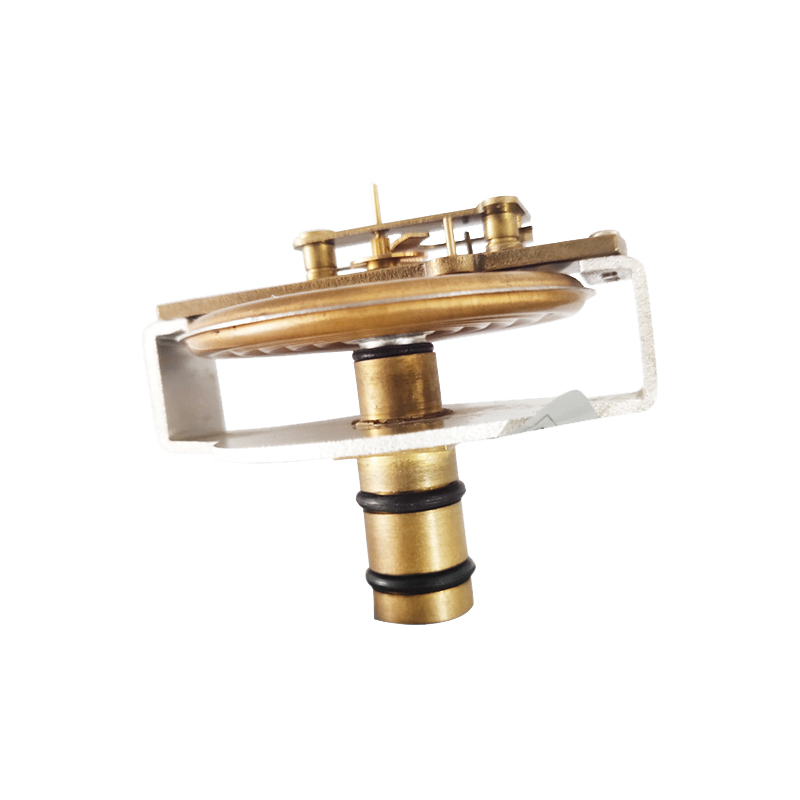
11 月 . 28, 2024 01:17 Back to list
Optimal Fire Pressure Monitoring Gauge for Accurate Readings and Safety Compliance
Understanding the Best Fire Pressure Gauge Ensuring Safety and Efficiency
When it comes to fire safety, having the right equipment is not just preferable; it is essential. Among the various tools available, fire pressure gauges play a critical role in ensuring that fire suppression systems, such as sprinklers and standpipes, are functioning properly. Understanding how to choose the best fire pressure gauge can greatly impact the efficacy of fire safety measures in both residential and commercial settings.
What is a Fire Pressure Gauge?
A fire pressure gauge is an instrument used to measure the pressure of water in a fire suppression system. These gauges are typically installed on fire hydrants, sprinkler systems, and fire department connections. Their primary function is to provide a real-time reading of the water pressure, which is crucial for assessing whether a fire suppression system is capable of delivering the necessary water flow during an emergency.
Importance of Accurate Measurements
During a fire emergency, every second counts. A malfunctioning fire suppression system can jeopardize lives and property. An accurate fire pressure gauge ensures that the system is pressurized to the required levels, enabling it to respond effectively when needed. Low pressure readings could indicate leaks or other issues within the system, prompting timely repairs and maintenance.
Key Features to Consider
When selecting the best fire pressure gauge, several key features should be considered to ensure reliability and accuracy
1. Pressure Range The gauge must cover the pressure range relevant to the fire suppression system it will monitor. Most fire systems operate between 10 to 250 psi, so choosing a gauge that accurately measures this range is essential.
best fire pressure gauge

2. Durability Fire pressure gauges must withstand harsh environments, including extreme temperatures and exposure to water. Look for gauges made from robust materials, such as brass or stainless steel, which can withstand wear and tear over time.
3. Calibration For optimal performance, fire pressure gauges should be regularly calibrated. Opt for a gauge that can be easily calibrated to ensure accurate readings. This feature is crucial, as even minor inaccuracies can lead to major safety concerns.
4. Ease of Installation The best fire pressure gauges are user-friendly and easy to install. Opt for designs that allow for quick setup without requiring complex tools or extensive technical knowledge.
5. Visibility A clear, easy-to-read dial is essential, especially during emergencies. Choose gauges with bold markings and a contrasting background for better visibility.
Maintenance and Testing
Regular maintenance and testing of fire pressure gauges are vital. Fire departments and building managers should implement a routine inspection schedule to ensure that every component of the fire suppression system, including pressure gauges, is functioning as intended. This may involve checking for leaks, verifying pressure readings, and recalibrating the gauges when necessary.
Additionally, ongoing training for staff responsible for fire safety equipment can make a significant difference. Personnel should be familiar with how to read gauges, understand the implications of low-pressure readings, and know the appropriate steps to take in the event of a malfunction.
Conclusion
Investing in the best fire pressure gauge is a critical step in safeguarding lives and property. By ensuring that fire suppression systems deliver the necessary water pressure during emergencies, these gauges play an overarching role in fire safety. When selecting a fire pressure gauge, consider its pressure range, durability, calibration ease, installation, and visibility. Regular maintenance and training further enhance the effectiveness of these essential safety tools. Ultimately, a reliable fire pressure gauge helps create a safer environment, providing peace of mind for everyone involved.
-
High-Precision 5 Valve Manifold Differential Pressure Gauge Suppliers
NewsApr.29,2025
-
High-Precision Diaphragm Vacuum Pressure Gauges Manufacturers & Quotes
NewsApr.29,2025
-
Omega Differential Pressure Gauges High Accuracy & Durability
NewsApr.28,2025
-
Low Pressure Differential Pressure Gauges Precision Solutions & Quotes
NewsApr.28,2025
-
Digital Diaphragm Pressure Gaauge Precision Measurement & OEM Quotes
NewsApr.28,2025
-
Differential Pressure Gauge China Price High-Accuracy & Best Quotes
NewsApr.28,2025
